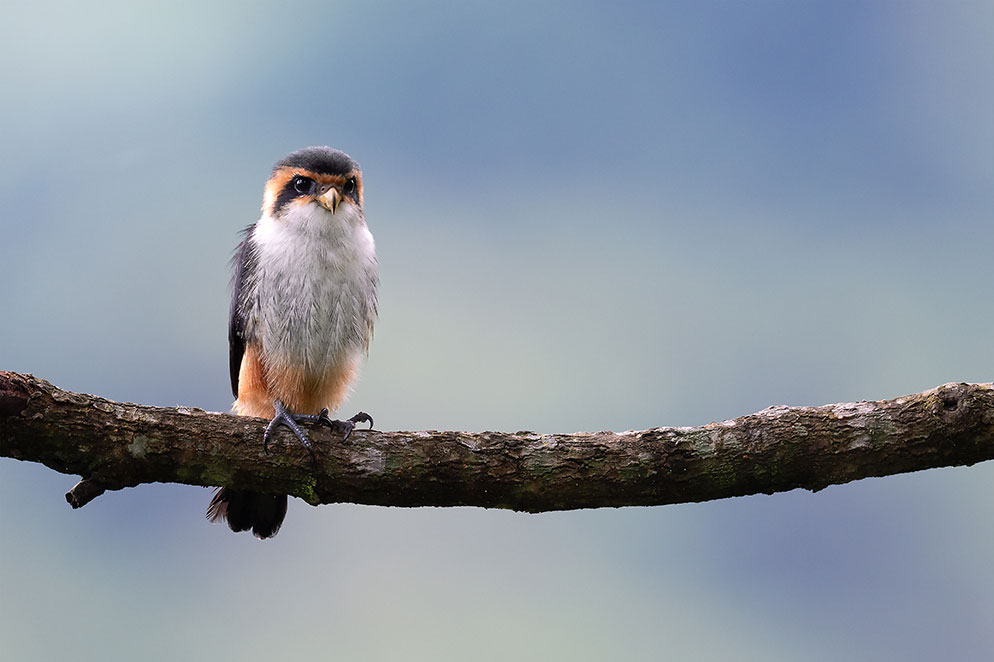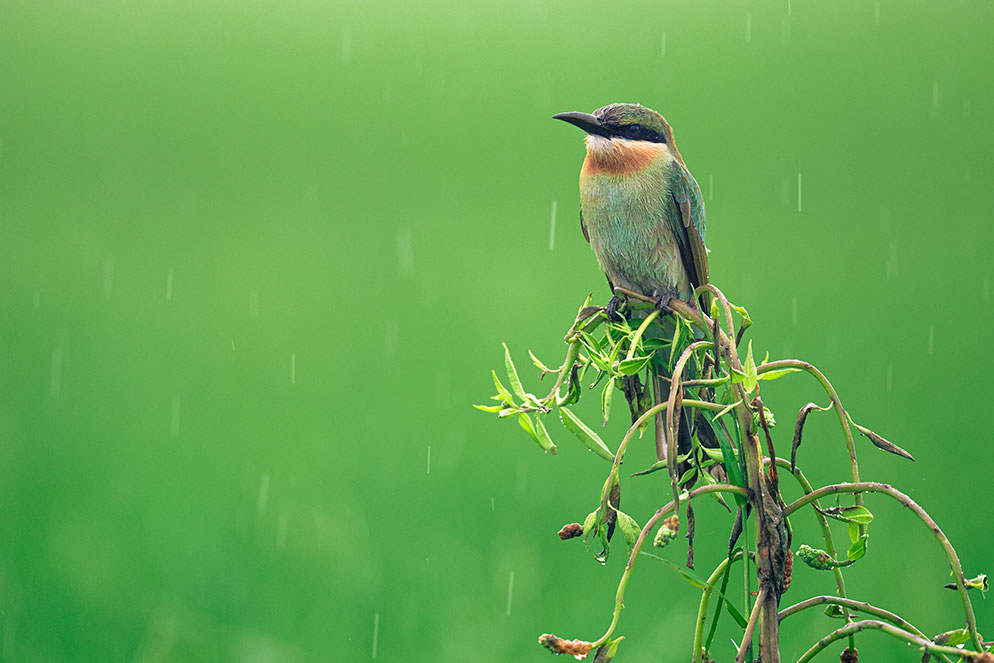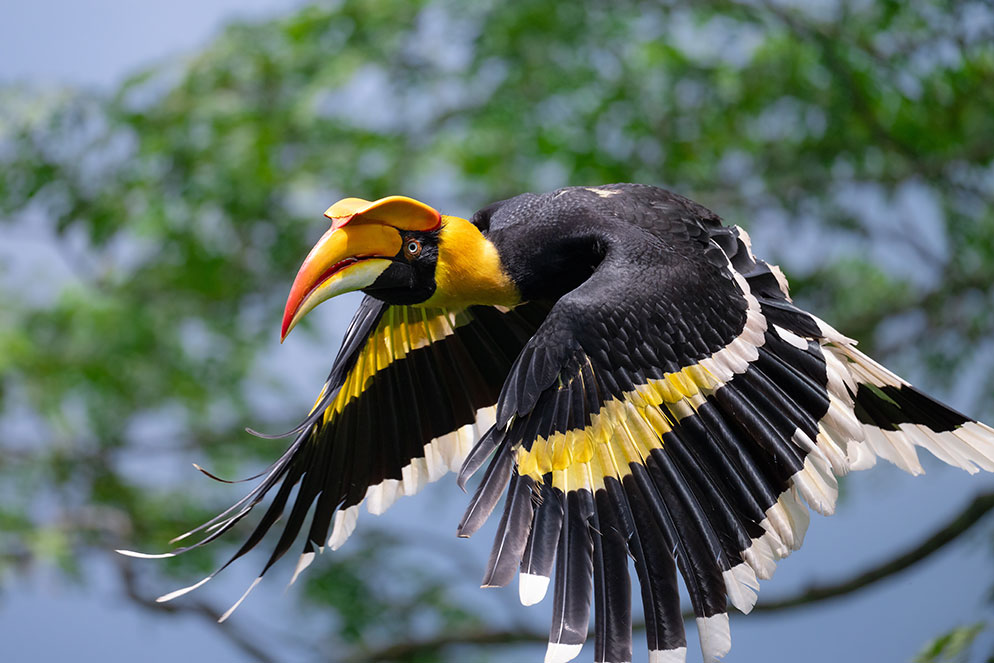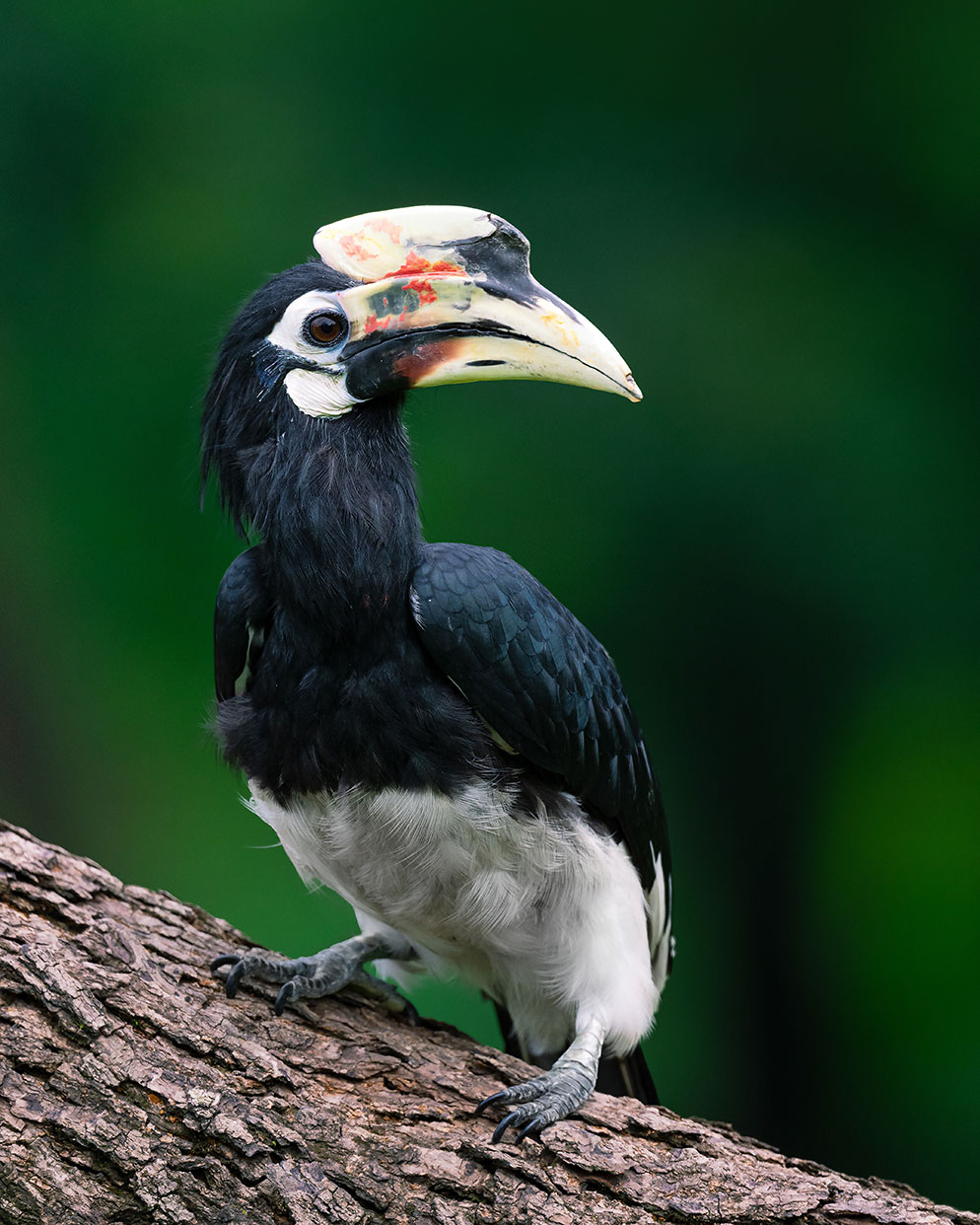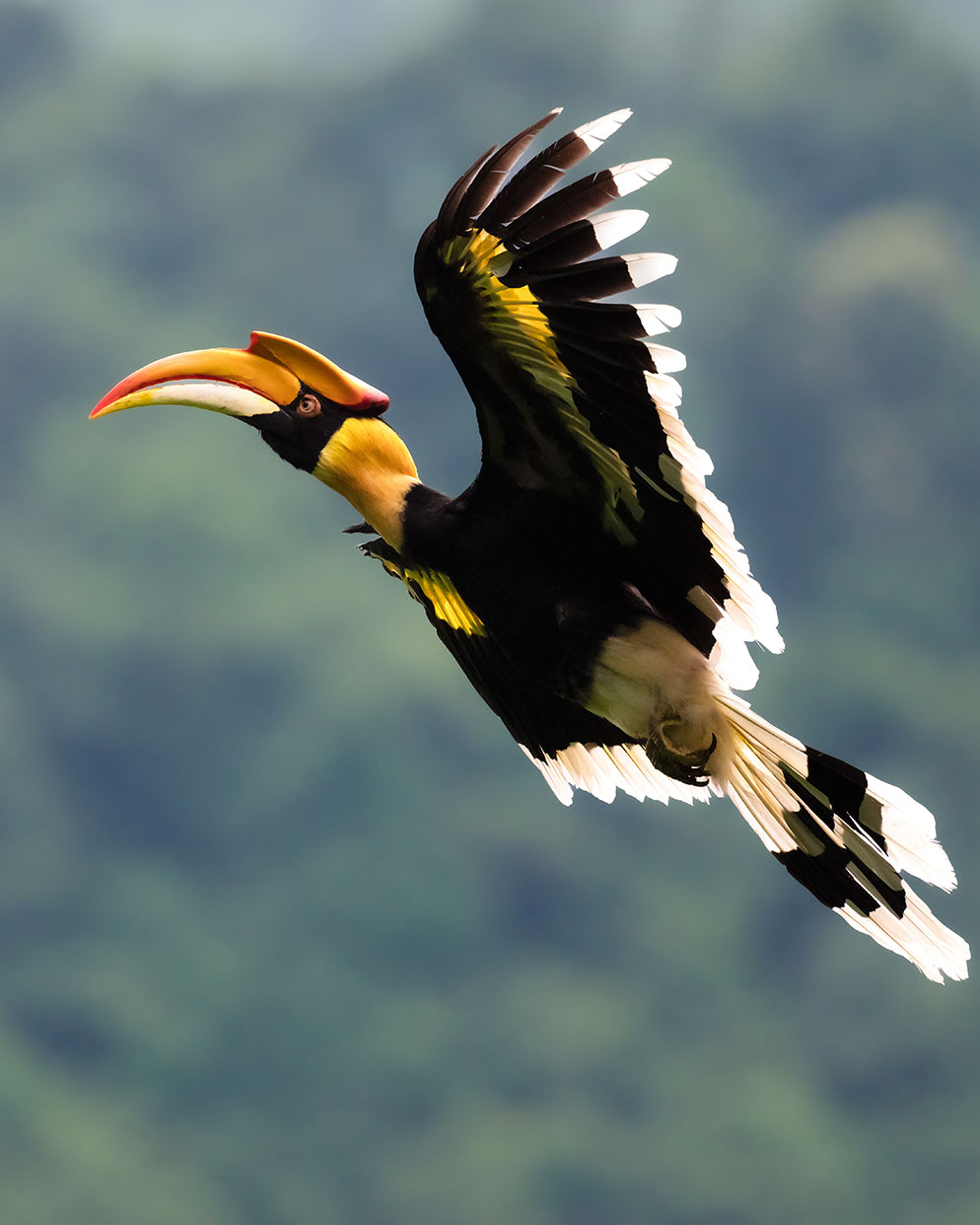Natural Moments in Wildlife with the NIKKOR Z 600mm f/6.3 VR S
Collared Falconet photographed using the NIKKOR Z 600mm f/6.3 VR S lens.
Ramesh Karmakar is a wildlife imagemaker, creating both still images and video. He is particularly interested in creative bird photography and the portrayal of natural moments.
Born and raised in Nadia District, West Bengal, India, his work has been exhibited and published across the globe.
Baby owlets photographed with the NIKKOR Z 600mm f/6.3 VR S lens and Z Teleconverter TC 1.4x for added reach.
His go-to lenses are the AF-S NIKKOR 200-500mm f/5.6E ED VR and AF-S NIKKOR 500mm f/5.6E PF ED VR lenses. However, after only a short time using the NIKKOR Z 600mm f/6.3 VR S lens, he saw the benefits of the more compact, lightweight Z series lens. “Being compact and lightweight, it’s easy to carry with one hand and also great for capturing (birds) flying and action shots,” he explained. He noted that the fast focusing of the lens and high quality of the optics resulted in clear, sharp images.
The low-light performance is excellent; the AF is very fast and, coupled with the VR, produces exceptionally clean and sharp images.
White Fronted Bee Eater photographed with the NIKKOR Z 600mm f/6.3 VR S lens.
The fact that the lens is so compact and lightweight makes it an ideal option for a bird photographer looking to get action shots of birds in motion, especially for those like Ramesh who hand-hold the camera and lens in the field explained, “single focal length lenses are generally heavy, making shooting handheld very difficult, but this new lens is so lightweight I can do so easily for long periods.” He added, “switching the camera position from horizontal to vertical and vice versa was very easy and the focus buttons on the lens make focusing on a subject simple.”
Great Hornbill flying, photographed using the NIKKOR Z 600mm f/6.3 VR S lens.
Because the autofocus of this lens is noticeably quieter than other lenses he’s used, he doesn’t have to worry about birds getting spooked by the noise. Ramesh noted other features that make this lens a great option for bird photography, “The low-light performance is excellent; the AF is very fast and, coupled with the VR, produces exceptionally clean and sharp images. The rugged build held up in dusty and rainy situations, bad weather, and around water.”
Oriental Pied Hornbill photographed with the NIKKOR Z 600mm f/6.3 VR S lens.
Oriental Great Hornbill in flight, photographed with the NIKKOR Z 600mm f/6.3 VR S lens and Z Teleconverter TC 1.4x.

